As we age, maintaining strength, balance, and cardiovascular health becomes more important than ever—especially for those managing hypertension. Strength training is a cornerstone of healthy aging, but a common question arises: should you use free weights or machines? Both have unique benefits, and the right choice depends on your fitness level, health goals, and safety considerations.
After age 50, we naturally lose muscle mass at a rate of 3–8% per decade, accelerating after 60. This process, called sarcopenia, can lead to weakness, poor balance, and increased fall risk. Regular strength training helps counteract this decline while also improving blood pressure regulation, joint stability, and metabolic health.
For individuals with hypertension, strength training—when done correctly—can reduce systolic blood pressure by 3–6 mmHg, according to evidence-based guidelines. However, the type of equipment used plays a key role in safety and effectiveness.
Free weights—dumbbells, barbells, and kettlebells—offer a functional, full-body workout. They engage stabilizing muscles, improve coordination, and mimic real-life movements like lifting groceries or climbing stairs.
However, free weights require proper form and body awareness. For beginners or those with joint issues or uncontrolled blood pressure, improper technique can increase injury risk or cause blood pressure spikes during exertion.
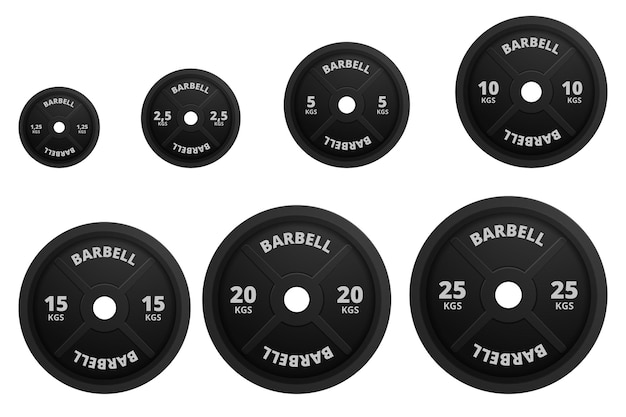
Weight machines guide your movement along a fixed path, reducing the risk of incorrect form. This makes them ideal for beginners, those recovering from injury, or individuals managing chronic conditions like hypertension.
For people with hypertension, machines can offer a safer environment to build strength gradually without excessive blood pressure spikes. The seated position and supported posture help regulate exertion and breathing, which is crucial for cardiovascular safety.
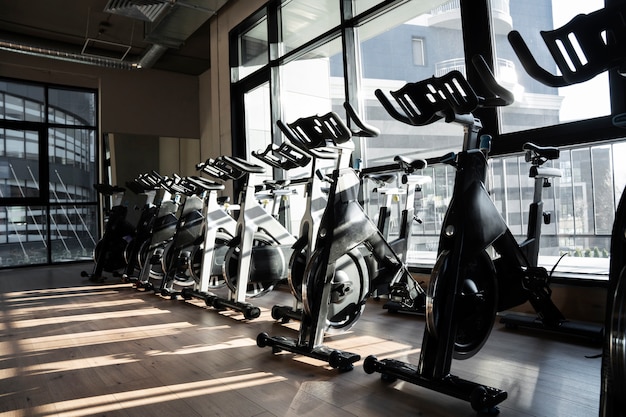
There’s no one-size-fits-all answer. Research shows both free weights and machines are effective when used appropriately. The key is matching your choice to your current health status and goals.
For those with controlled hypertension and prior experience, a mix of both can be ideal. Free weights build functional strength, while machines allow safe isolation of weaker muscles.
If you're new to exercise or have uncontrolled blood pressure, starting with machines is often recommended. They provide structure, reduce fall risk, and allow you to build confidence before progressing.
You don’t need long workouts to see benefits. Just 20 minutes, 2–3 times per week, can make a difference. Here are two beginner-friendly routines:
Strength training is just one piece of the puzzle. Combine it with these simple habits:
Whether you choose free weights or machines, consistency and safety are what matter most. For individuals with hypertension, starting with machines can provide a secure foundation. As strength and confidence grow, incorporating free weights can enhance functional fitness.
Always consult your healthcare provider before starting a new exercise program. With the right approach, strength training can help you age gracefully, stay independent, and maintain better blood pressure control—no matter which tools you use.

Health

Health

Health

Health

Fitness

Fitness

Health

Fitness
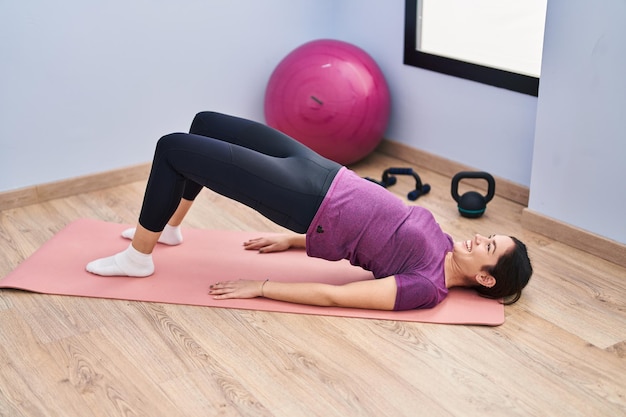
Fitness
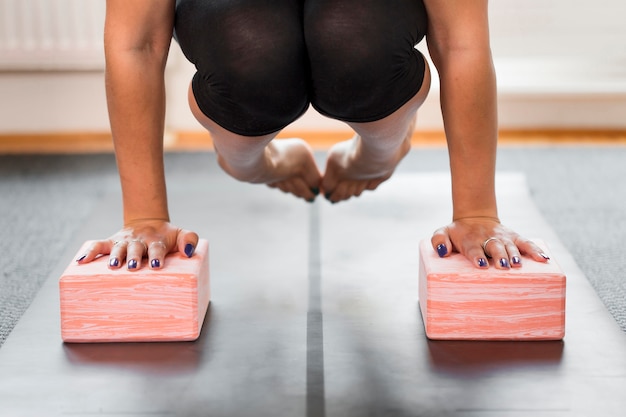
Fitness
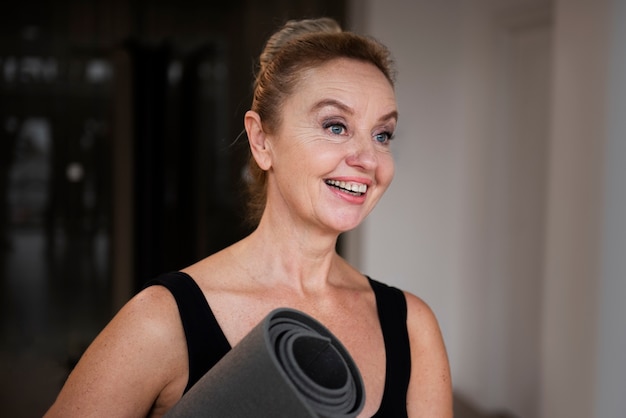
Fitness
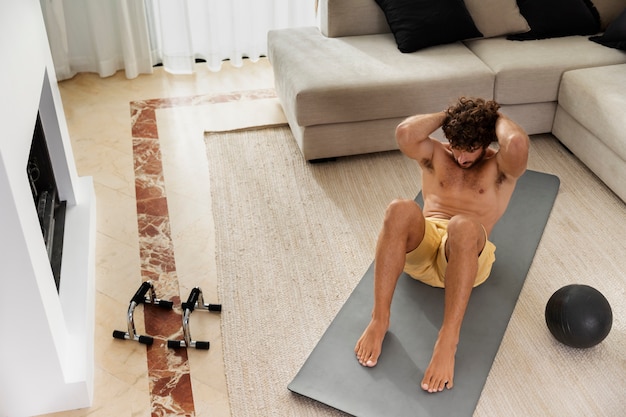
Fitness

Health

Fitness

Health

Health